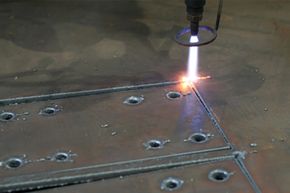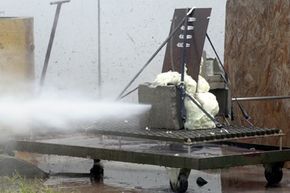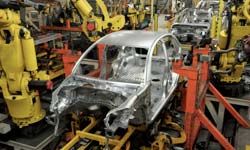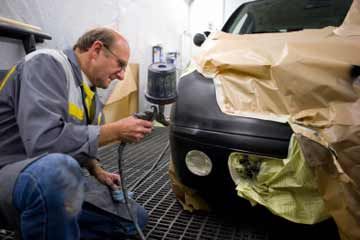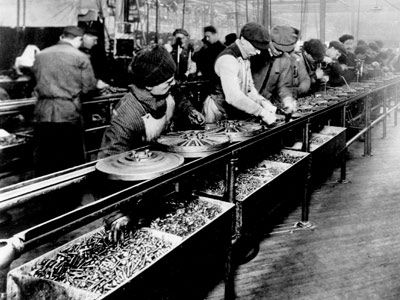The great artist Michelangelo is reported to have said, "Every block of stone has a statue inside it and it is the task of the sculptor to discover it."
That's fine if you're sculpting marble with a chisel, but what if the masterpiece you're working on is a car? Or a factory full of cars, all built primarily of steel?
Advertisement
Steel is incredibly strong, yet it's light enough to use as one of the main materials in auto manufacturing. But with a substance so tough, how do you cut it into the countless complex shapes that come together to form a working automobile?
There are actually several steps in creating a finished auto body or chassis -- installing pieces such as doors, hoods and frame subassemblies. This article will focus on just one of those steps -- cutting the metal before it's finished and attached to a car.
The cutting tools and techniques described in the next few pages are used by suppliers to the auto manufacturing industry as well as independent fabrication shops. Frequently, instead of a craftsman cutting the metal by hand, the raw pieces are placed on or inside of a computerized machine that can cut and shape the part to precise measurements. In fact, you'll discover that computers are applied to everything from cutting metal body panels to machining frame and engine parts.
Keep reading to learn about the metal cutting technologies that aid the automotive manufacturing industry.
Advertisement
